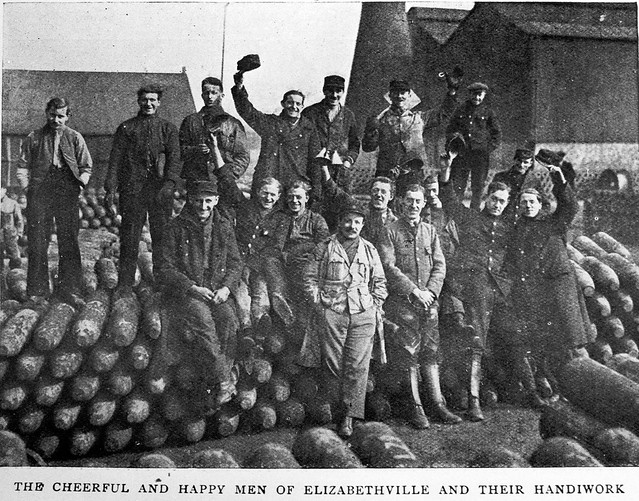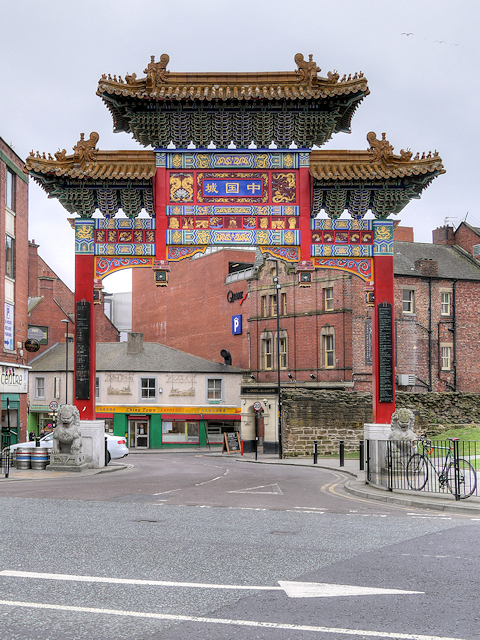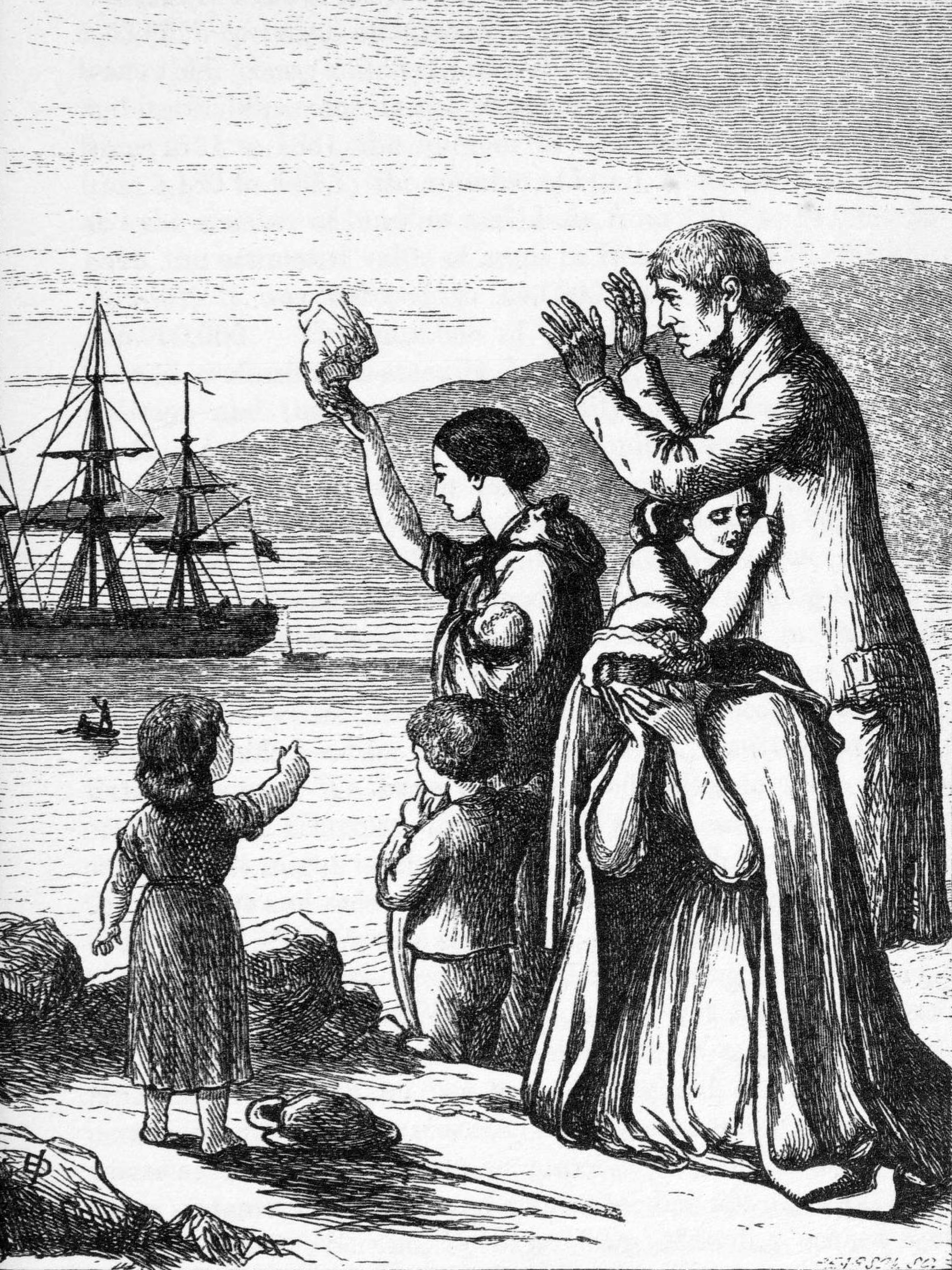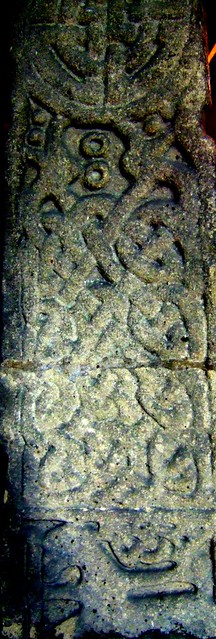Topics > People in History > Immigration and links with other countries
Immigration and links with other countries
The cultural melting pot: throughout history different peoples have come to England and the North East; some as conquerors and invaders such as the Romans, Vikings, and Normans.
Migration in Modern Times
"North-east England has been a major centre of migration in two modern periods: first, between 1880 and 1920, the region was a major centre of migration from Scotland and Ireland. David Byrne estimates that as many as 37 per cent of the 1911 population of the north-east was foreign-born, or the children of migrants. Second, since 1997, the region has again been a magnet: this time as a result of the government's dispersal scheme, which broke up refugee communities in London and south-east England and relocated the new arrivals throughout the country. By 2000 there were communities in Newcastle of people who spoke as their first language Farsi, Kurdish, Afghani, Albanian, French, Russian, Czech, Turkish, Somali, Arabic, Spanish, Turkish, Gujerati, Sinhalese, Tamil and Serbo-Croat. Most were recent arrivals." (David Renton, Crossing occupation borders: migration to the north-east of England)
See the seperate section on Irish migration to North East England
Did you know there was a Belgian village in Gateshead during the First World War?
Changing Fortunes in the North East
In the second half of the 19th century industrialisation in the North East of England was booming. Rapid industrialisation led to the region becoming a key centre for mining and ship building, iron and steel production, and the chemical industry.
"The North East was a boom area, a British counterpart to the California of the Gold Rush" (Renton, 2007).
Many people came to the region in search of work and relatively high wages. By 1911 a third of the population were migrants or children of migrants, particularly from Ireland and Scotland.
The North East still remained a 'bastion of industry' into th 20th Century. In 1951 the region still produced one sixth of the world's merchant shipping fleet, with around 20,000 ship building and engineering workers in Newcastle. However many of the traditional industries fell into decline; between 1971 and 1991 the number of industrial jobs in Tyne and Wear fell from 320,000 to 146,000.
Two-way Traffic!
With the decline in traditional industries and the Great Depression more than 100,000 people left the region between 1927 and 1938, many as part of a national schemes to relocate people living in impoverished mining areas. In the 1950s, the regions population fell by around 70,000 as people looked for work elsewhere in Britain and beyond. (Renton, 2007)
Further reading:
Renton, D. (2007). Colour Blind? Race and Migration in the North East of England Since 1945. Sunderland: University of Sunderland Press. ISBN: 9781873757710
Little K, Watson I. Destination Tyneside – Stories of Belonging: The Philosophy and Experience of Developing a New Permanent Migration Gallery at Discovery Museum in Newcastle upon Tyne. In Museums, Migration and Identity in Europe: Peoples, Places and Identities. Eckersley S, Lloyd K, Whitehead C, Dr Rhiannon Mason R. (eds) ISBN: 9781472425188

from http://www.history.ac.uk/ihr/…
Crossing occupation borders: migration to the north-east of England
- Article by David Renton, 2006
Added by
Simon Cotterill
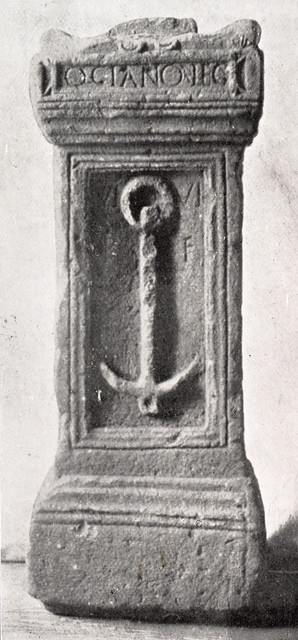
Co-Curate Page
Roman Period (43 to 409 AD)
- The Romans invaded Great Britain in 43 AD, though there had been earlier Roman expeditions into Britain, led by Julius Caesar in 55 and 54 BC. The Romans occupied most …


from http://www.history.ac.uk/ihr/…
Crossing occupation borders: migration to the north-east of England
- Article by David Renton, 2006
Added by
Simon Cotterill


